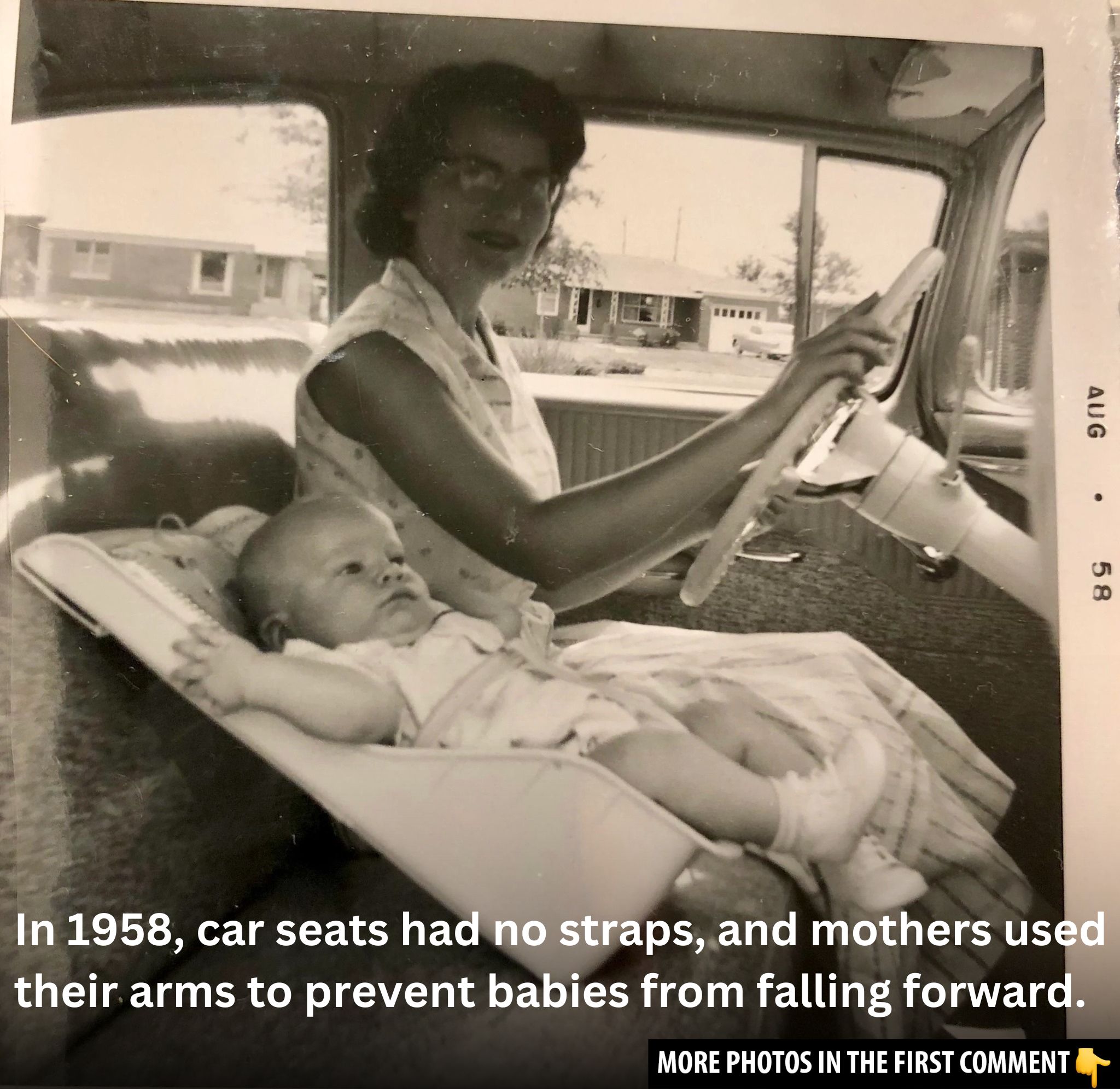In today’s world, baby car seats are essential safety equipment, rigorously designed to protect our children during car rides. These seats now meet strict safety standards and regulations, ensuring the best protection possible. However, this wasn’t always the case. If we take a step back into history, we can see how far we’ve come in terms of child safety in vehicles. In the early days of automobiles, car seats for babies were rudimentary at best, offering little to no protection. These odd and unsafe designs serve as a reminder of the incremental progress in child safety over the years. Let’s take a closer look at some of the most unusual and unsafe baby car seats from the past, the people behind their design, and how they laid the groundwork for the child car seats we use today.
The Origins of Child Car Seats: When Safety Was Not the Priority
The history of child car seats dates back to the early 20th century, when automobiles first became popular. During this time, the focus was not on safety but rather on convenience. In fact, the first “car seats” weren’t designed for safety at all. Instead, they were simple booster seats that allowed children to sit at a height where they were visible to the driver, much like an elevated platform for a better view. These early designs, which began to appear in the 1930s, were more about convenience for the driver than the safety of the child. The idea of keeping children safe during travel was still not at the forefront of innovation.
Jean Ames and Leonard Rivkin: The Early Innovators of Child Safety Seats
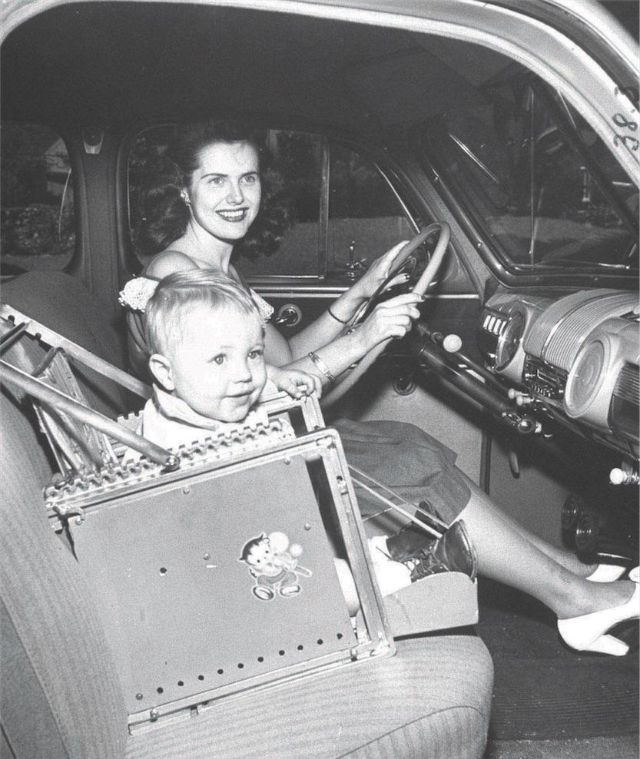
It wasn’t until the 1960s that child car seats started to evolve with the intention of protecting children in the event of a collision. British inventor Jean Ames and American designer Leonard Rivkin were two of the earliest pioneers of child safety seats. In 1962, Ames designed a rear-facing child seat with a Y-shaped strap, which is the precursor to the models we use today.
At the same time, Rivkin introduced a forward-facing seat with a metal frame for additional protection. While these early designs represented significant steps toward child safety, the technology and understanding of car accidents were still in their infancy, and the seats lacked many of the advanced safety features we take for granted today.

Video
Watch the video to learn about infant car seat installation! Don’t miss this important guide to keeping your baby safe on the road.
The 1960s and 1970s: Early Car Seats and Their Lack of Safety Features
As car manufacturers began producing child safety seats in the 1960s, they were far from the robust and padded models we now know. Early car seats were often made of hard materials, with minimal padding and poor harness systems. These seats lacked the ability to protect a child in the event of a collision, as they didn’t have the advanced safety features like side impact protection or five-point harnesses. While they did serve to keep children in place during travel, their primary function was not to protect children but simply to provide a seat for them in the car. It wasn’t until the 1970s that safety standards and regulations began to catch up, and organizations started to demand improvements in design.
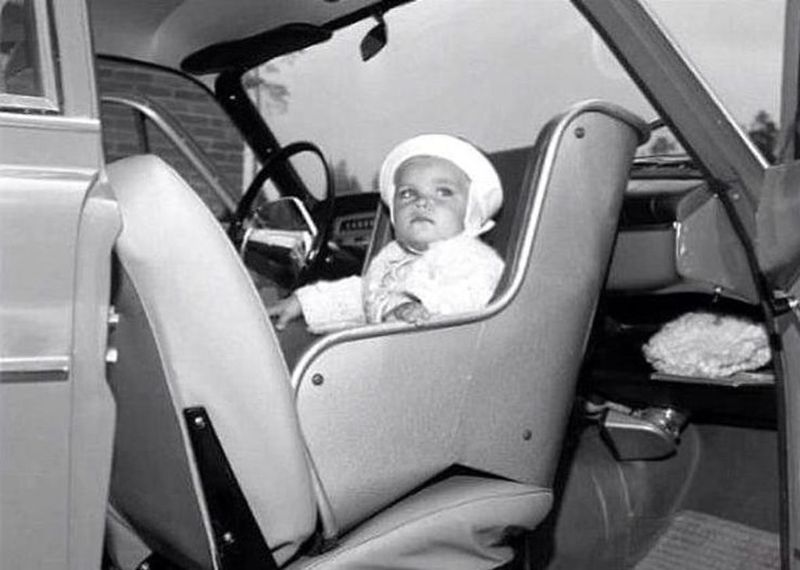
Odd and Unsafe Baby Car Seats From the Past: A Look at Early Designs
The early baby car seats were, to say the least, strange and unsafe by today’s standards. These seats were often unpadded, with minimal harness systems that offered little to no protection during sudden stops or collisions. One of the earliest designs was the Bunny Bear booster seat from 1933, which was essentially a metal frame covered with leather.
The primary purpose of this seat was to elevate the child so that the parent could see them better, not to protect them in case of an accident. Similarly, in the 1940s and 1950s, canvas booster seats were available for the front seat, often featuring plastic steering wheels but offering no real protection during travel.
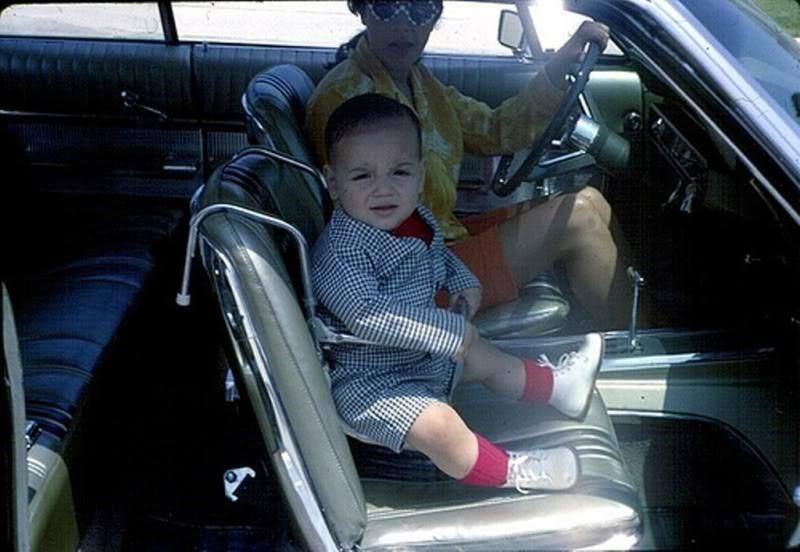
The Bunny Bear Booster Seat (1933): The First Step Toward Safety
One of the earliest attempts at creating a car seat for children was the Bunny Bear booster seat, introduced in 1933. This seat was not designed for safety but to elevate children so that they could be more easily seen by the driver. Made of durable metal and leather, this seat lacked any form of harness or protective padding. It wasn’t until years later that the focus shifted to safety, with additional features such as harnesses and crash protection being incorporated into the design. The Bunny Bear booster seat is a stark reminder of how far child car seats have come since their early days.
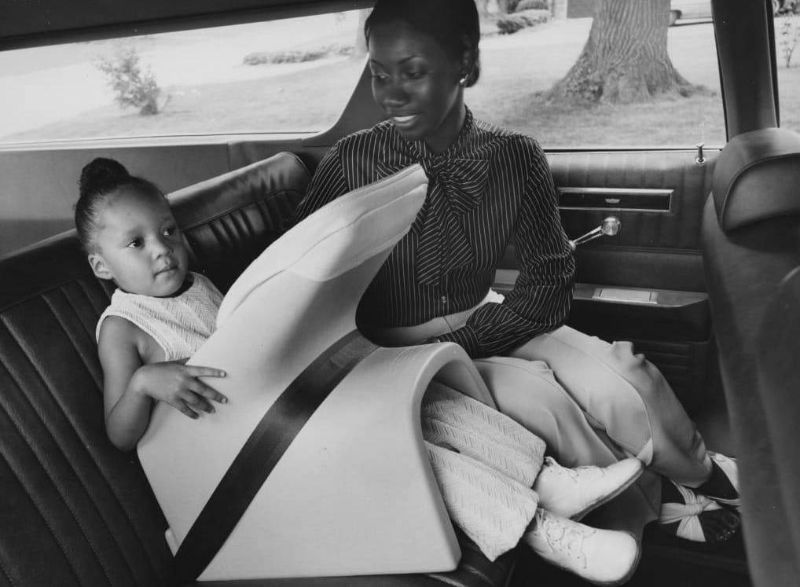
The Evolution of Car Seats in the 1940s and 1950s
By the time the 1940s rolled around, child car seats began to evolve, though safety was still not a major concern. During this time, booster seats were commonly made from canvas and metal frames, designed to elevate children so they could sit in the front seat. These seats often included small plastic steering wheels to entertain the children, but little attention was given to their safety. It wasn’t until the 1960s that safety features began to be introduced, although many of these early models were still far from the well-designed and protective seats we rely on today.
The 1970s Car Hammocks: A Short-Lived Safety Trend
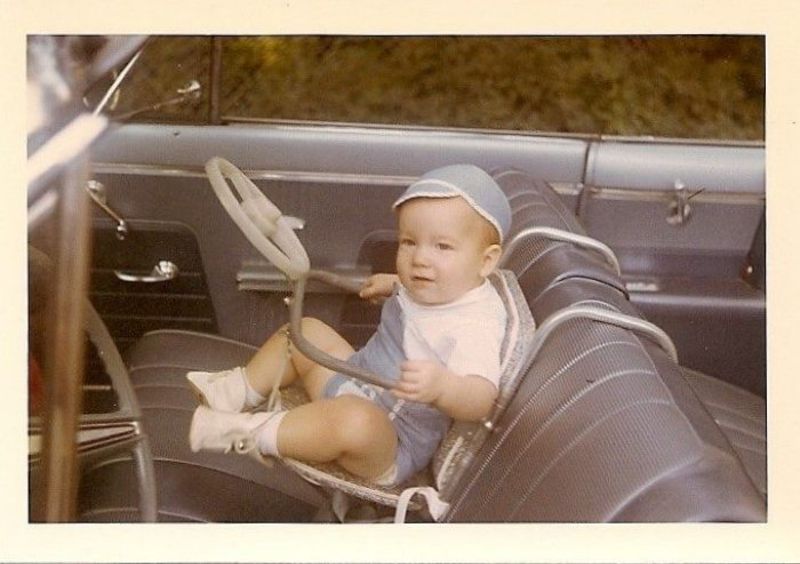
In the 1970s, one of the more unusual safety devices for infants in cars was the baby hammock. Marketed as a way to safely transport babies, these hammocks were suspended from the roof of the car. While they may have seemed like a convenient solution for parents, they were ultimately unsafe and impractical. The lack of a proper restraint system and the instability of the hammock made it a dangerous choice for parents. Fortunately, this trend didn’t last long, and by the late 1970s, baby hammocks were replaced by more effective and safer car seats.
Gallery: Visual History of Odd and Unsafe Baby Car Seats
As we reflect on the evolution of child car seats, it’s fascinating to look back at some of the odd and unsafe designs of the past. From booster seats that provided no crash protection to car hammocks that hung precariously from the roof, these images serve as reminders of how far we’ve come in terms of child safety. Below, we’ll take a closer look at some rare photos of early car seats, including the Bunny Bear booster seat and other vintage designs that would never pass for safety today.
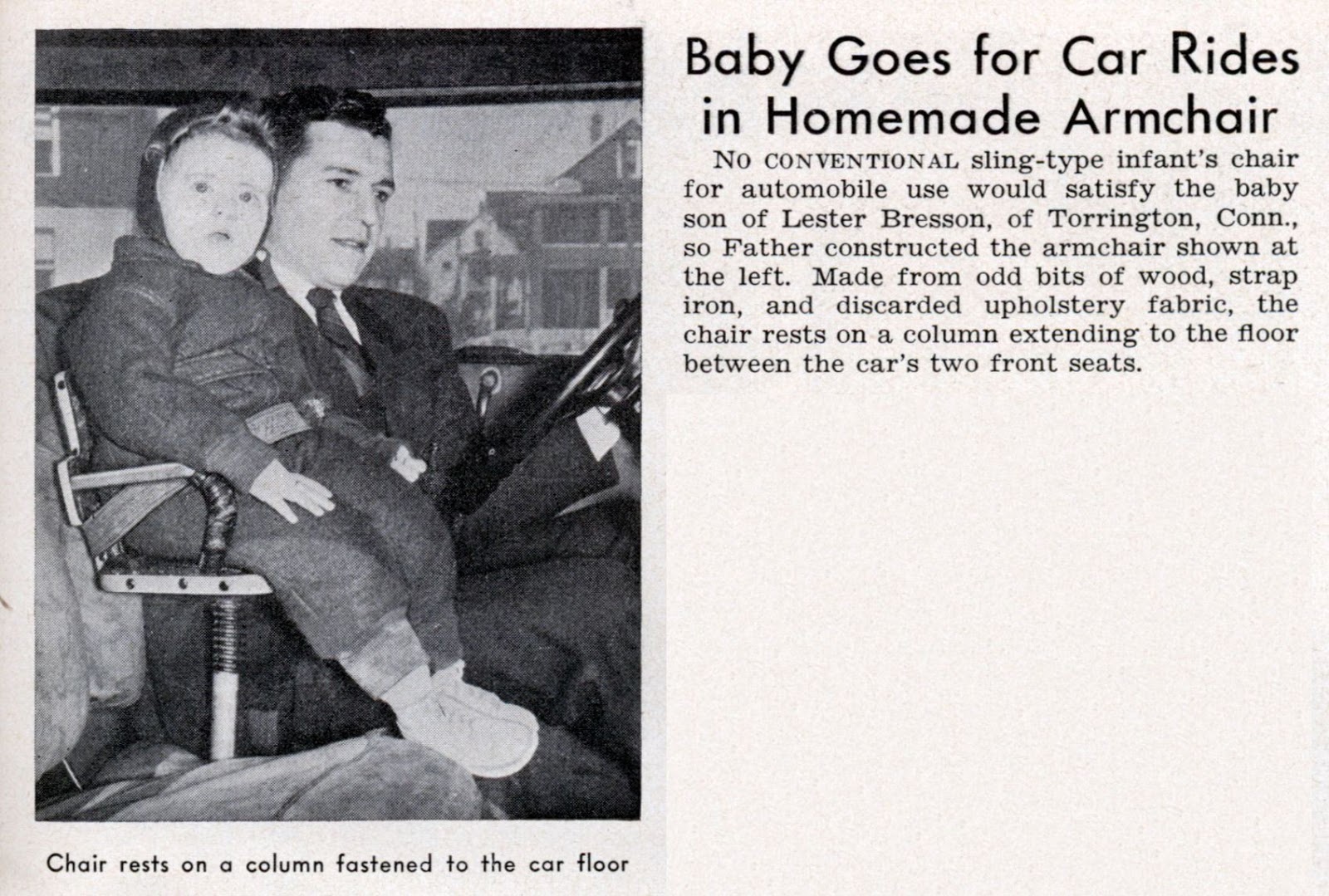
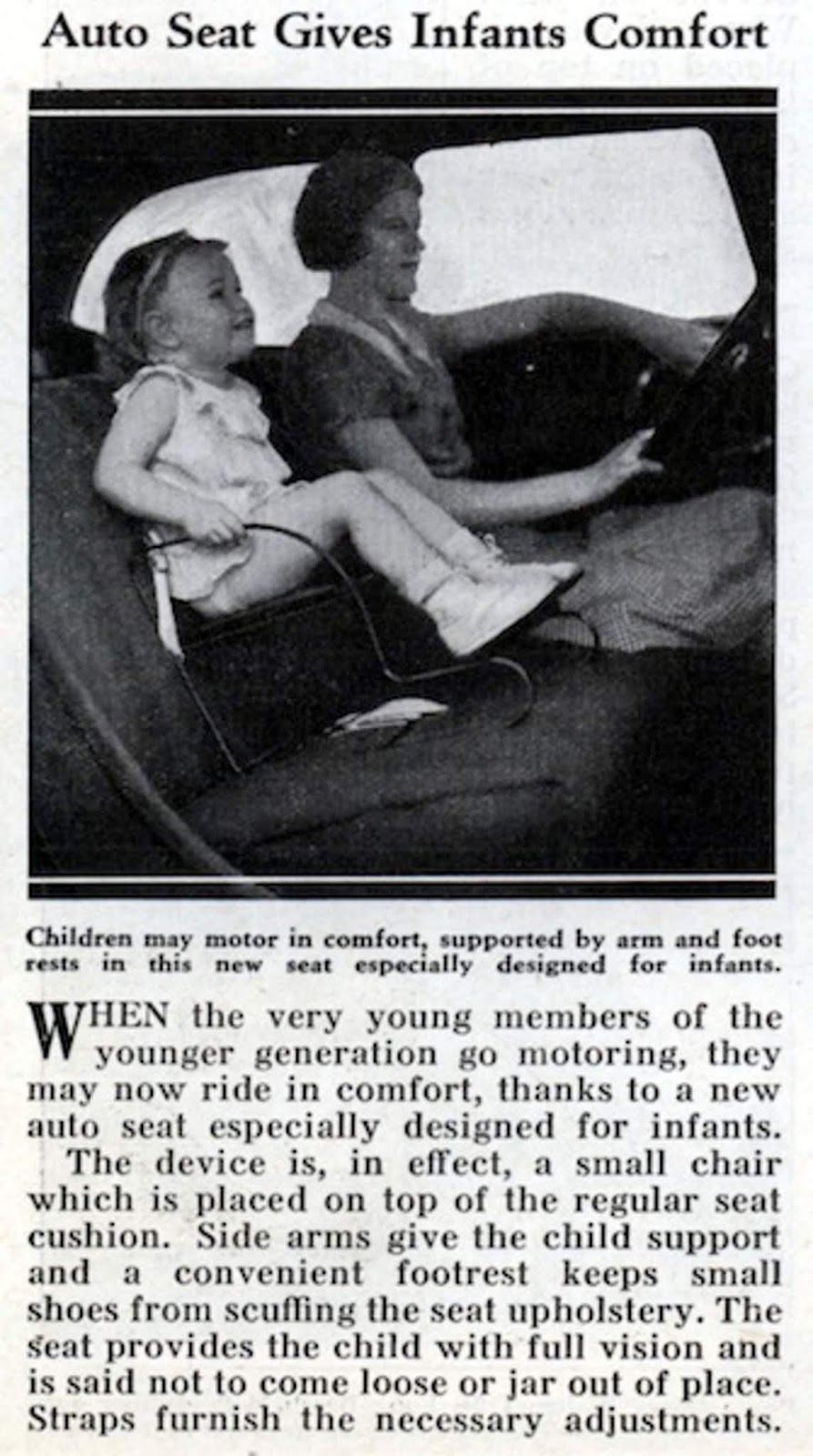
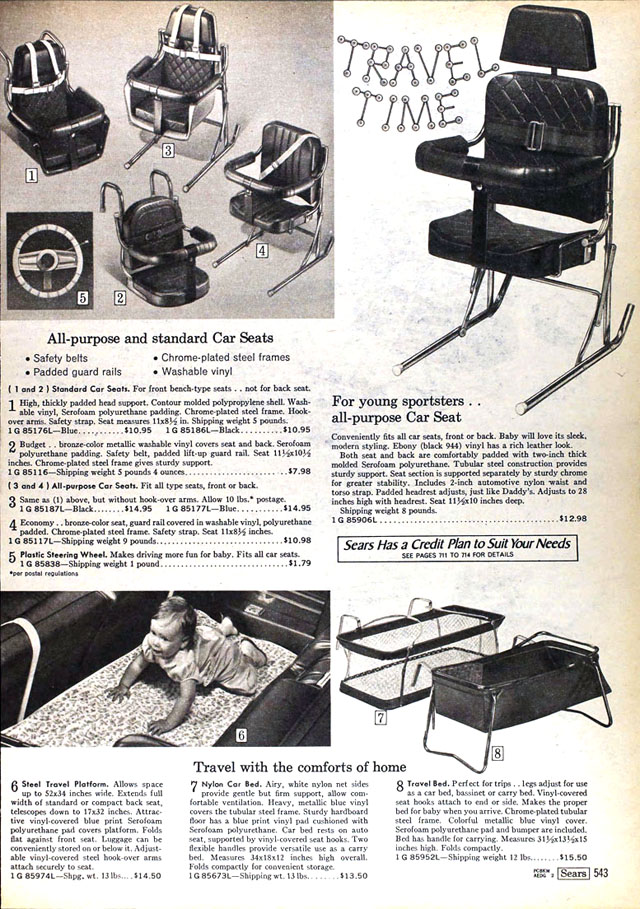
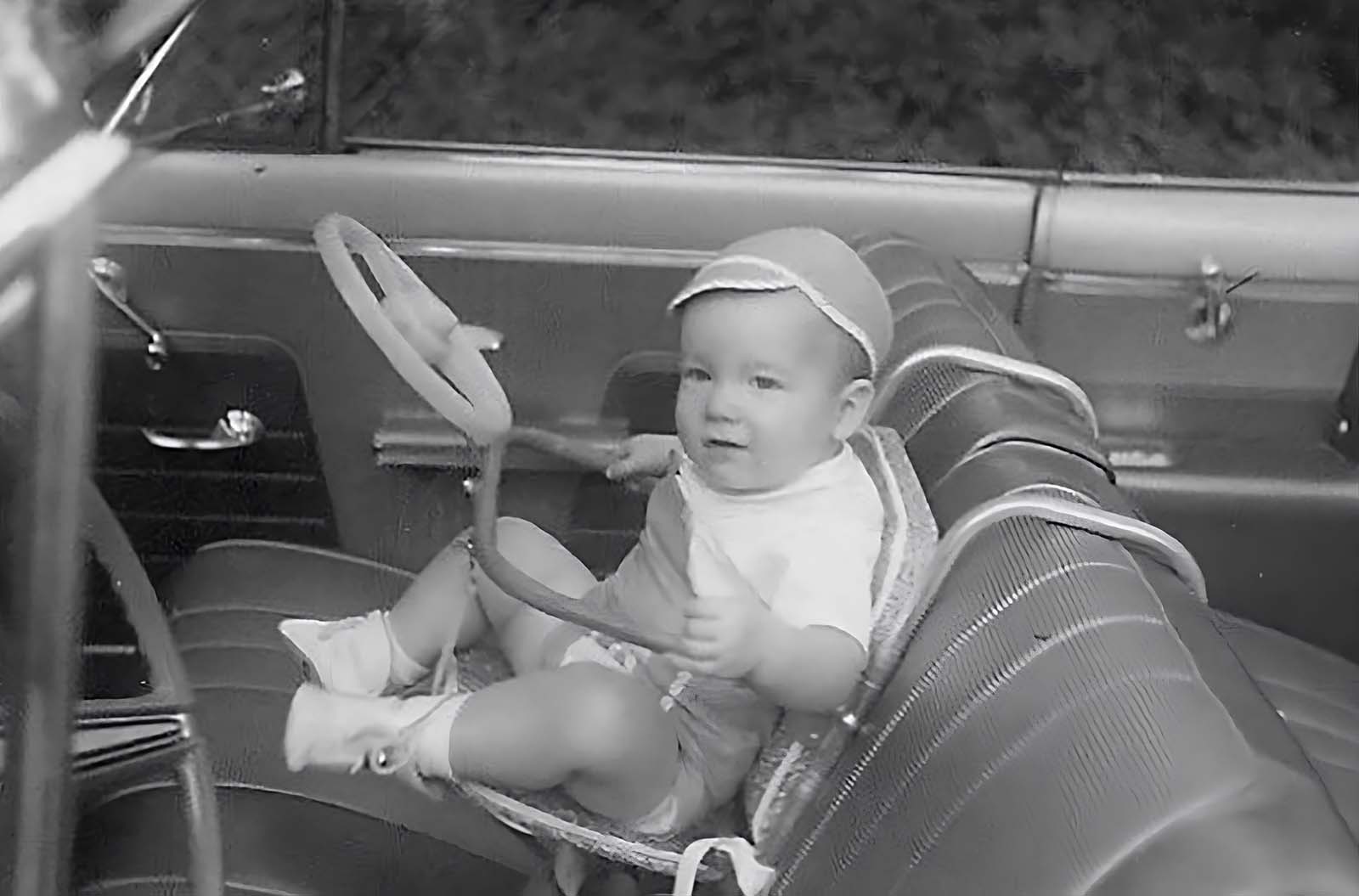
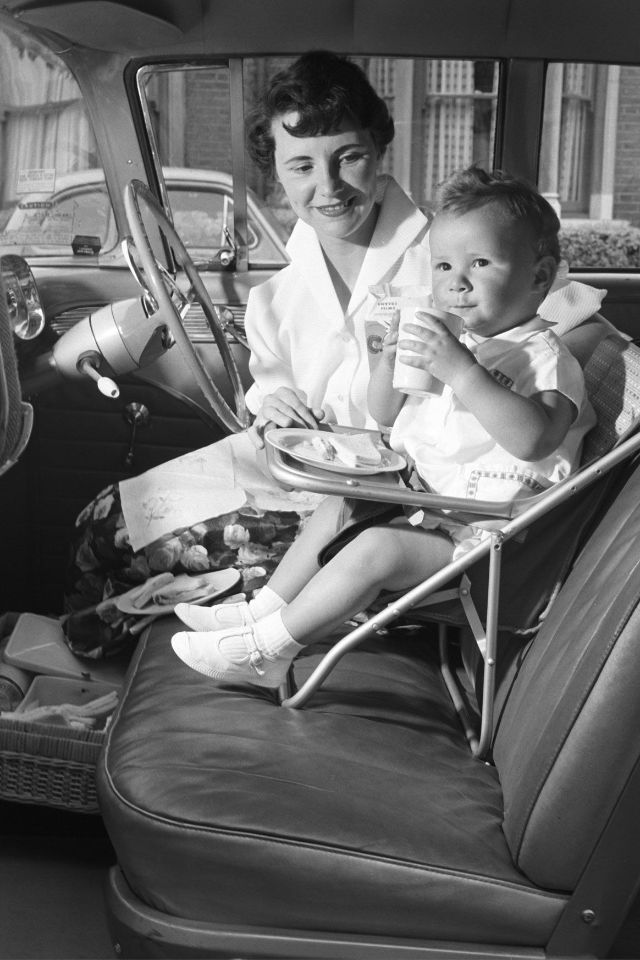
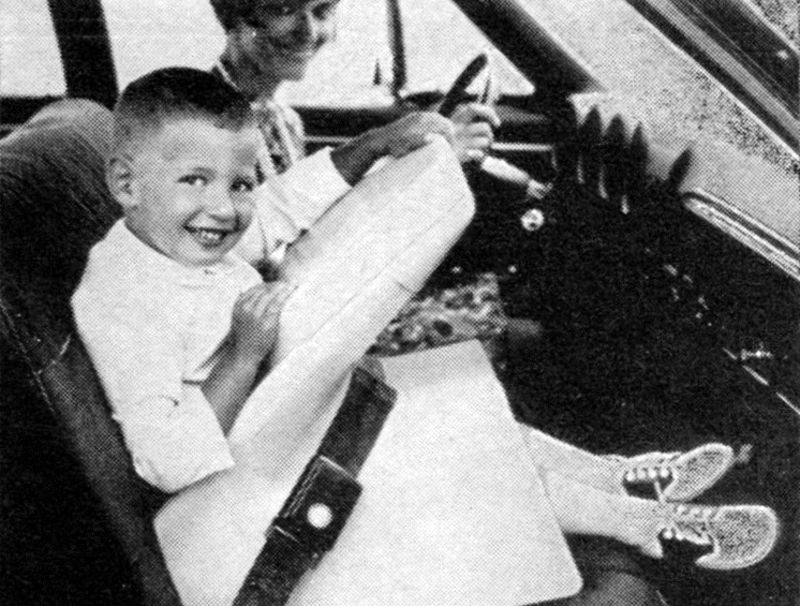
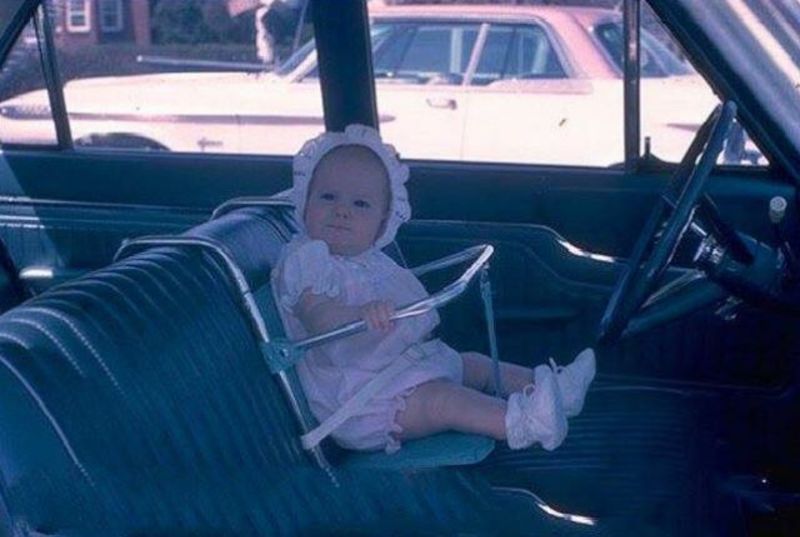
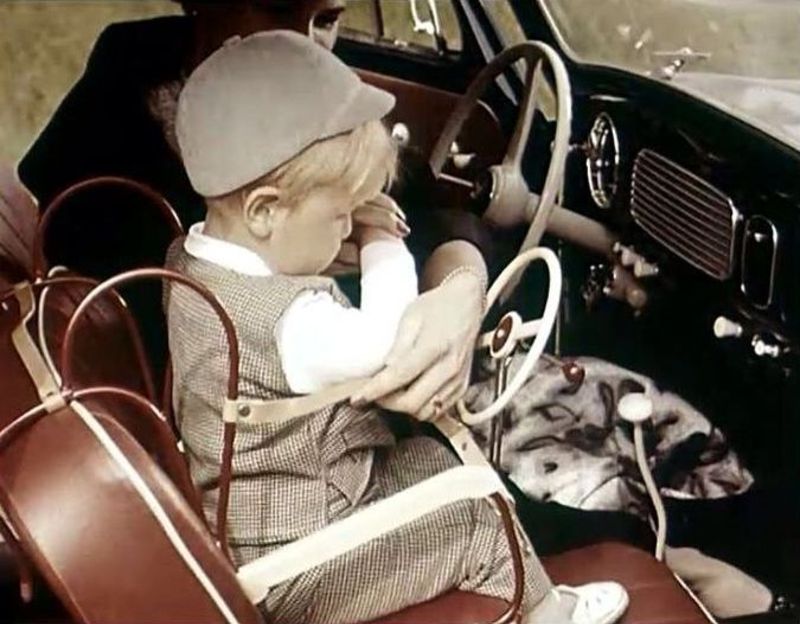
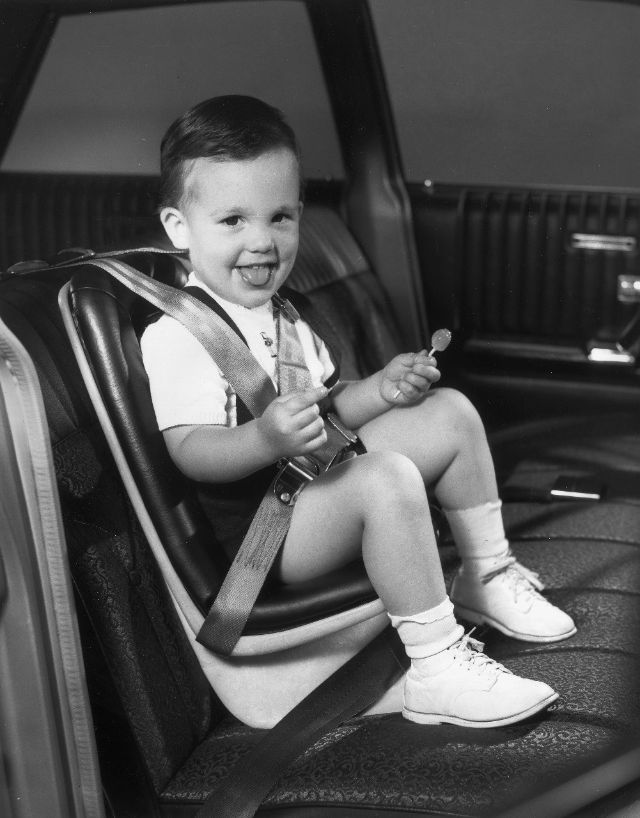
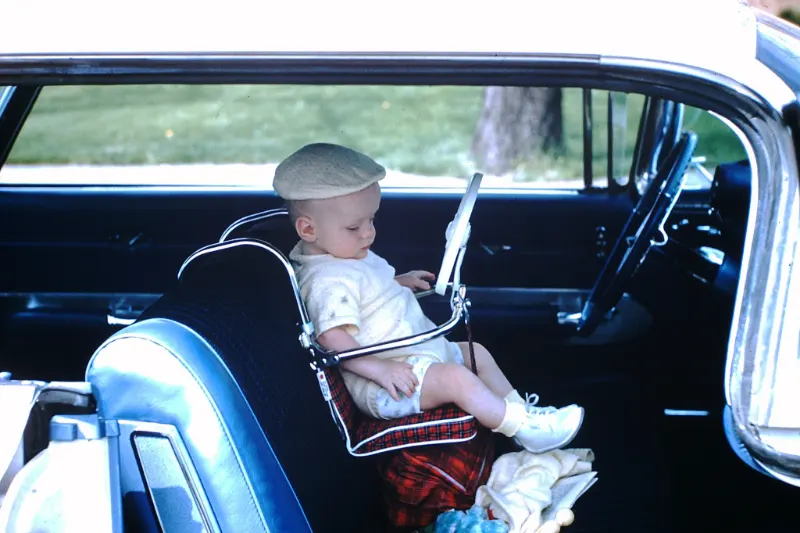
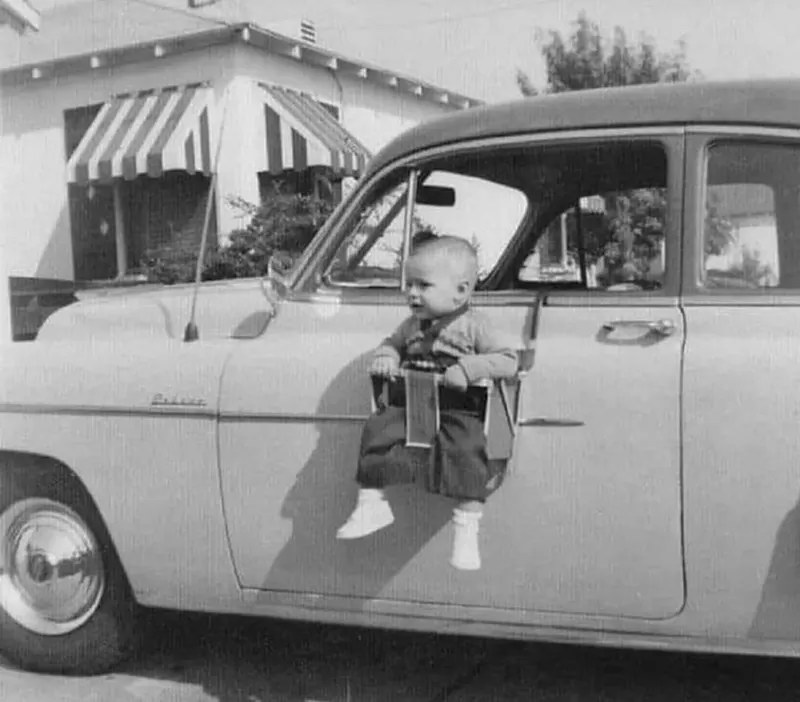
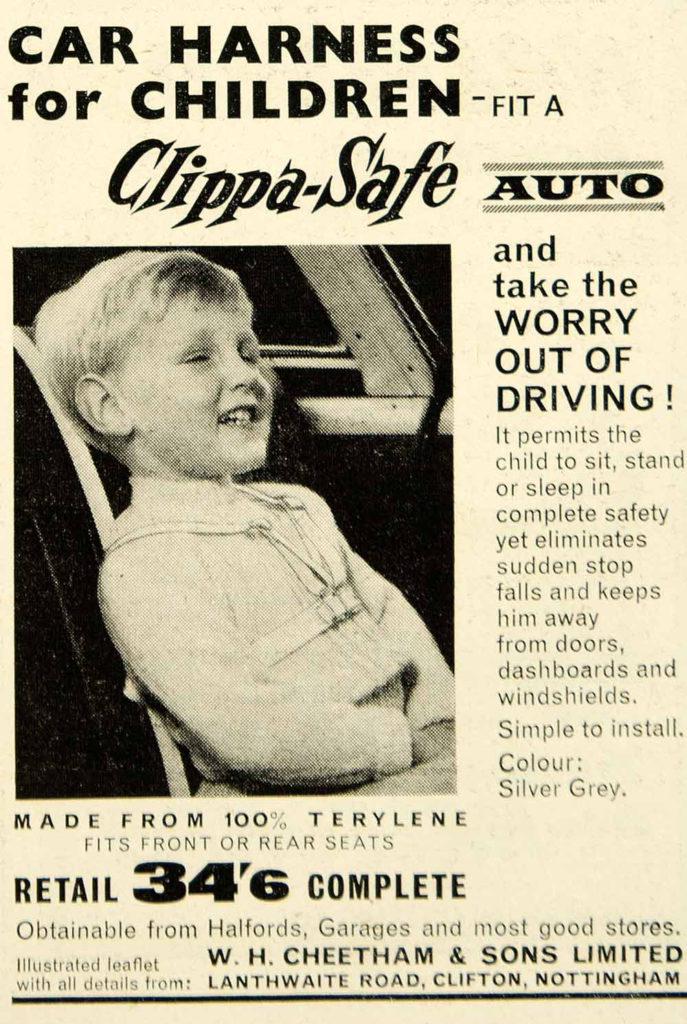
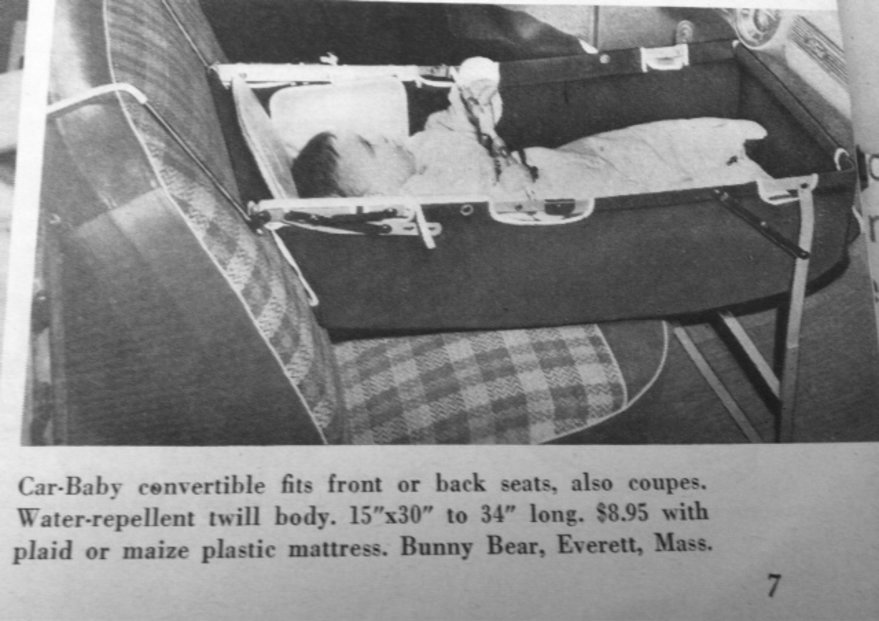
Video
Watch the video to hear about the shocking incident where a 10-year-old girl with special needs was reportedly bitten on a school bus. Don’t miss this heartbreaking story from the parents.
Conclusion: Reflecting on the Evolution of Child Car Seats
As we reflect on the odd and unsafe designs of baby car seats from the past, it’s clear just how far we’ve come in terms of safety technology. Today’s car seats are designed with extensive crash protection, multiple safety features, and rigorous testing to ensure they provide the best protection for our children. The early days of car seats, with their lack of padding, inadequate harnesses, and strange designs, remind us of the progress we’ve made and the dedication that has driven us toward creating the safest possible travel solutions for our children. Although the road to child car seat safety was long and filled with odd designs, the journey has ultimately resulted in the safety standards we now take for granted.
